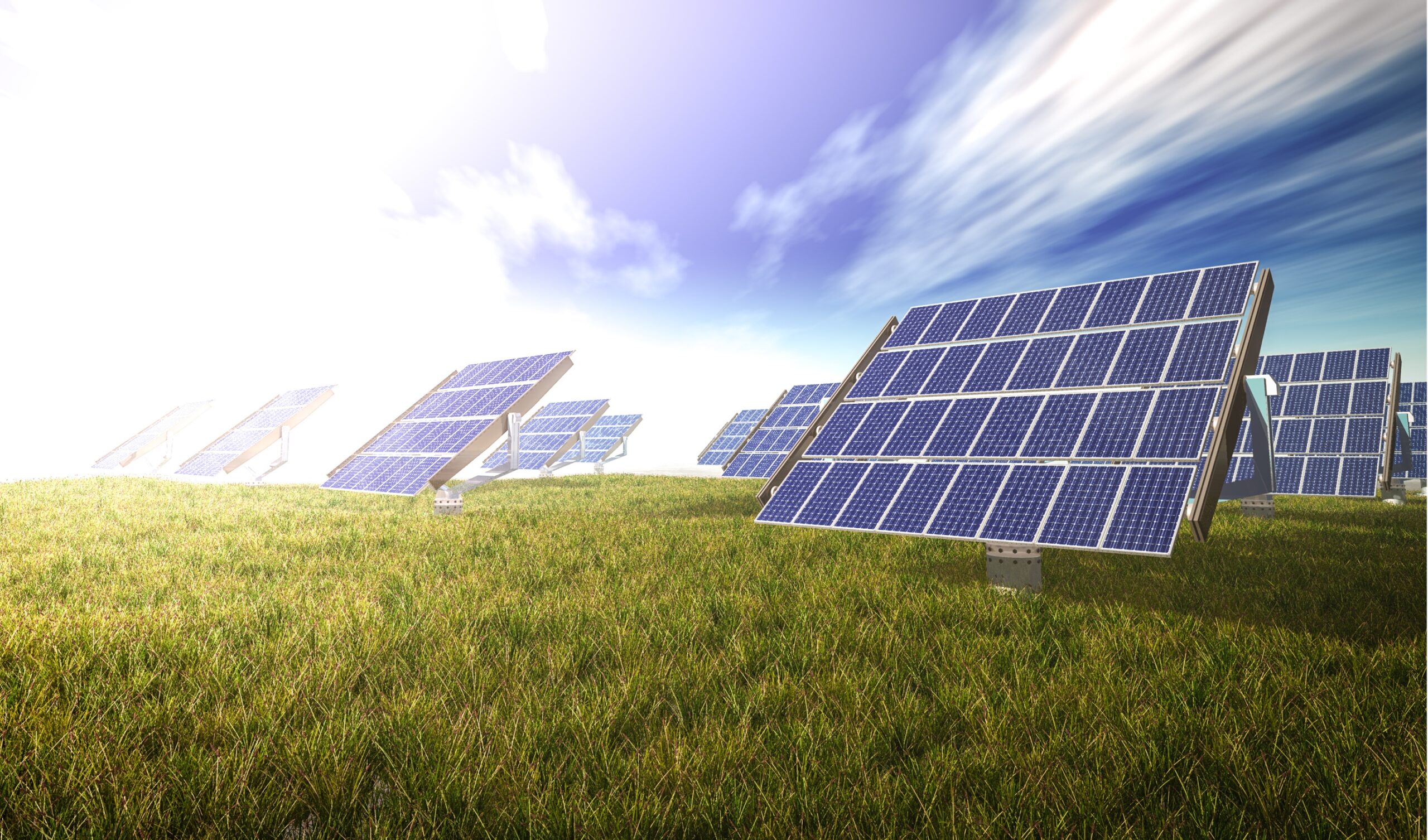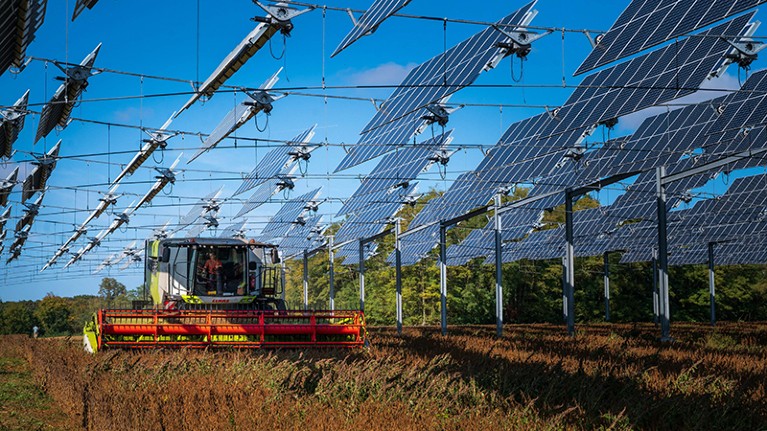Yes, PV cells essentially curtail air pollution by substituting the fossil fuel-based generation of electricity. For instance, every kWh of solar energy averts around 2 pounds of CO₂ emissions. A 10 MW solar farm can offset an annual total of 15,000 metric tons of CO₂ and save up to 3,200 cars on the road. Besides that, photovoltaic systems emit merely 20 g of CO₂ per kWh at the time of production, as opposed to coal, which does so with 820 g. These are the ways in which PV cells are implemented: panels on rooftops or open land, connected to inverters to supply AC power, with battery storage for nighttime use.
What Are Photovoltaic Cells ?
PV cells are semiconductor devices that convert sunlight into electrical energy by means of the photovoltaic effect. This happens when photons from sunlight excite electrons in a semiconductor material such as silicon to produce an electric current. Thus, PV cells form solar panels, which are widely used in residential, commercial, and utility-scale energy systems today.
Major Materials Used in PV Cells
The efficiency of PV cells depends on the materials used. These are among the most efficient, with records of more than 26%, outperforming polycrystalline silicon cells, which are produced from several crystal fragments, at 15-18% efficiency. The new emergent materials that seem to be making waves are CdTe and perovskites, due to their high efficiency coupled with lower production costs. Indeed, in tandem configurations, solar cells based on perovskites have reached efficiencies greater than 30%.
Real-World Applications and Adoption
The world is finally taking up PV technology through a tremendous surge especially in recent times. Solar PV accounted for 70% of the newly installed renewable energy capacity worldwide in the year 2022. A typical 1 kW residential solar installation in sunny areas—just like California—produces around 1,500 kWh annually, enough to offset the equivalent of burning 750 pounds of coal. The large-scale solar farms, such as the Tengger Desert Solar Park in China with an operational capacity of 1.5 GW, set a high bar in the production of clean energy.
How They Produce Energy
It works by a process called the photovoltaic effect, in which absorbed sunlight dislodges electrons and creates an electric current. Now, however, converting this DC (direct current) electricity into usable AC (alternating current) and managing it effectively requires a number of interlinking systems.
DC and AC: The Role in Solar Systems
PV cells intrinsically generate DC. However, most residential and industrial appliances require AC to work. Therefore, an inverter is used to convert DC into AC. Modern string inverters and microinverters boast an efficiency of up to 98%. For instance, on a 5 kW system installed with a highly efficient inverter, the annual output would be approximately 4,900 kWh, reducing energy losses throughout the process of energy conversion. Moreover, the newest hybrid inverters also integrate all functions related to battery management, further optimizing energy use and storage.
Energy Storage for Grid Independence
Energy storage is crucial in solar systems to reduce intermittencies in solar power. These storage markets are dominated by lithium-ion batteries with an efficient cycle of 90-95%. A Tesla Powerwall, for instance, can store up to 13.5 kWh of energy—enough to power all the vital home appliances throughout the night or in case of a grid outage. For larger installations, there are flow batteries—like the vanadium redox systems—which become popular because of their scalability and longer lifespans, offering 10,000+ charge cycles.
Link to Air Pollution
Impact on CO₂ Emissions
Coal-fired power plants emit an average of 820 g of CO₂ per kWh, whereas solar PV systems emit an average of 20 g of CO₂ per kWh, with the majority of that coming from manufacturing. A single 1 MW solar farm can prevent the release of 1,500 metric tons of CO₂ annually, equivalent to removing 330 cars from the road. Widespread adoption of rooftop solar in urban areas could reduce city-level CO₂ emissions by 10-15%.
Reduction of Harmful Pollutants
Besides CO₂, fossil fuel combustion is also a source of many other hazardous pollutants like SO₂, NOₓ, and PM2.5, which cause serious respiratory diseases, acid rain, and degradation of the environment. Replacing a coal plant of 500 MW with solar energy would save up to 10,000 tons of SO₂ and up to 5,000 tons of NOₓ emissions annually, which is a radical improvement in air quality.
Benefits of Solar Energy
Health and Environmental Benefits
The World Health Organization (WHO) estimates that air pollution contributes to 7 million premature deaths each year. Solar energy is a method through which air can be cleaned by the utilization of an alternative form of fuel other than fossil fuels. A report by the American Lung Association showed that if the country transitions to 100% renewable energy by 2050, 175,000 asthma attacks and 85,000 premature deaths will be avoided.
Economic Growth and Job Creation
The solar industry is a major driver of job creation. In 2022, it employed over 4.3 million people globally, a 10% increase from the previous year. Countries like India, with ambitious solar targets of 280 GW by 2030, are poised to generate over 1 million jobs in installation, maintenance, and manufacturing. Most importantly, solar energy decreases dependency on imported fossil fuels and saves billions of dollars in energy costs. A specific example is that solar energy saved Germany an estimated €2.4 billion in natural gas imports in 2022 alone.
Substituting Fossil Fuels
The Energy Transition Around the World
Countries are moving full speed ahead from fossil fuels toward renewable energy. China, in 2023, installed over 120 GW of new solar capacity, saving 160 million tons of coal every year. In the European Union, a record 12% of its electricity generation came from solar in 2022, avoiding a record 60 million tons of CO₂ emissions.
Cost-Effectiveness of Solar Power
Over the past decade, the LCOE (Levelized Cost of Electricity) for solar has fallen dramatically. For ideal sunny areas, such as the Middle East, the LCOE for utility-scale solar projects has fallen below US$0.02/kWh, making it the cheapest source of electricity. In comparison, coal can produce an LCOE ranging from US$0.05/kWh to US$0.15/kWh. This parity in price already drives investment in solar energy, even in fossil fuel-rich countries like Saudi Arabia, which is building the 2 GW Al-Dhafra Solar Plant.
Challenges and Limitations
Material and Resource Constraints
Some of the critical materials needed by PV cells include silver and indium. One solar panel uses about 20 g of silver, representing about 10% of total current world demand for silver. By 2030, as much as 90% of all silver produced annually could be from the solar industry. The challenge is under research whereby using a copper-based conductive layer is possible to reduce the need for these rare materials.
Terrestrial and Ecological Impacts
Utility-scale solar farms require large expanses of land. A solar farm with a capacity for 1 GW occupies an area of approximately 4,000 acres. In most cases, this routes habitats and ruins the land, especially in sensitive ecosystems. Innovative solutions to this challenge involve placing solar panels over agriculture for mutual use of land, such as agrivoltaics. Examples include the 100 MW agrivoltaic farm in France that produces 300,000 tons of vegetables annually while generating clean energy.
Future of Clean Energy
Solar Technology Advancement
Some of the emerging technologies in the solar industry include perovskite solar cells, which have efficiencies upwards of 30%. The manufacturing process may also be achieved with low costs using printing techniques. Tandem solar cells leverage this by adding a layer of perovskite on top of silicon and have reached close to 40% efficiency in the lab—a monumental leap forward.
Global Adoption and Climate Goals
According to the International Energy Agency (IEA), solar energy can achieve 30% of global electricity demand by 2050, which cuts CO₂ emissions by 6 billion tons yearly. That goes along rather well with the unbound goal stated in the Paris Agreement of keeping global warming below 1.5°C. Large projects, such as the 750 MW Rewa Solar Plant in India, prove that large-scale solar plants may achieve such targets.




